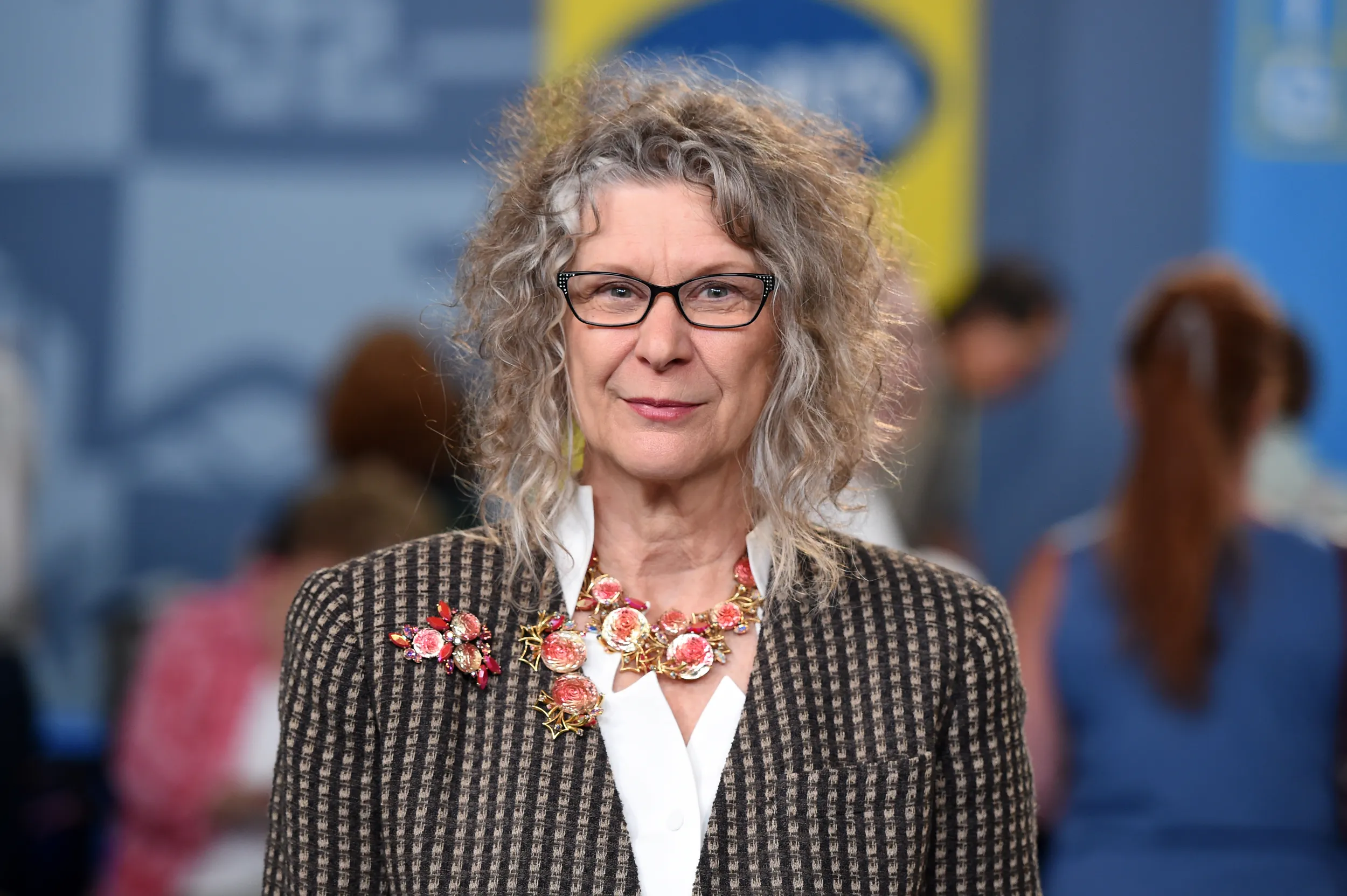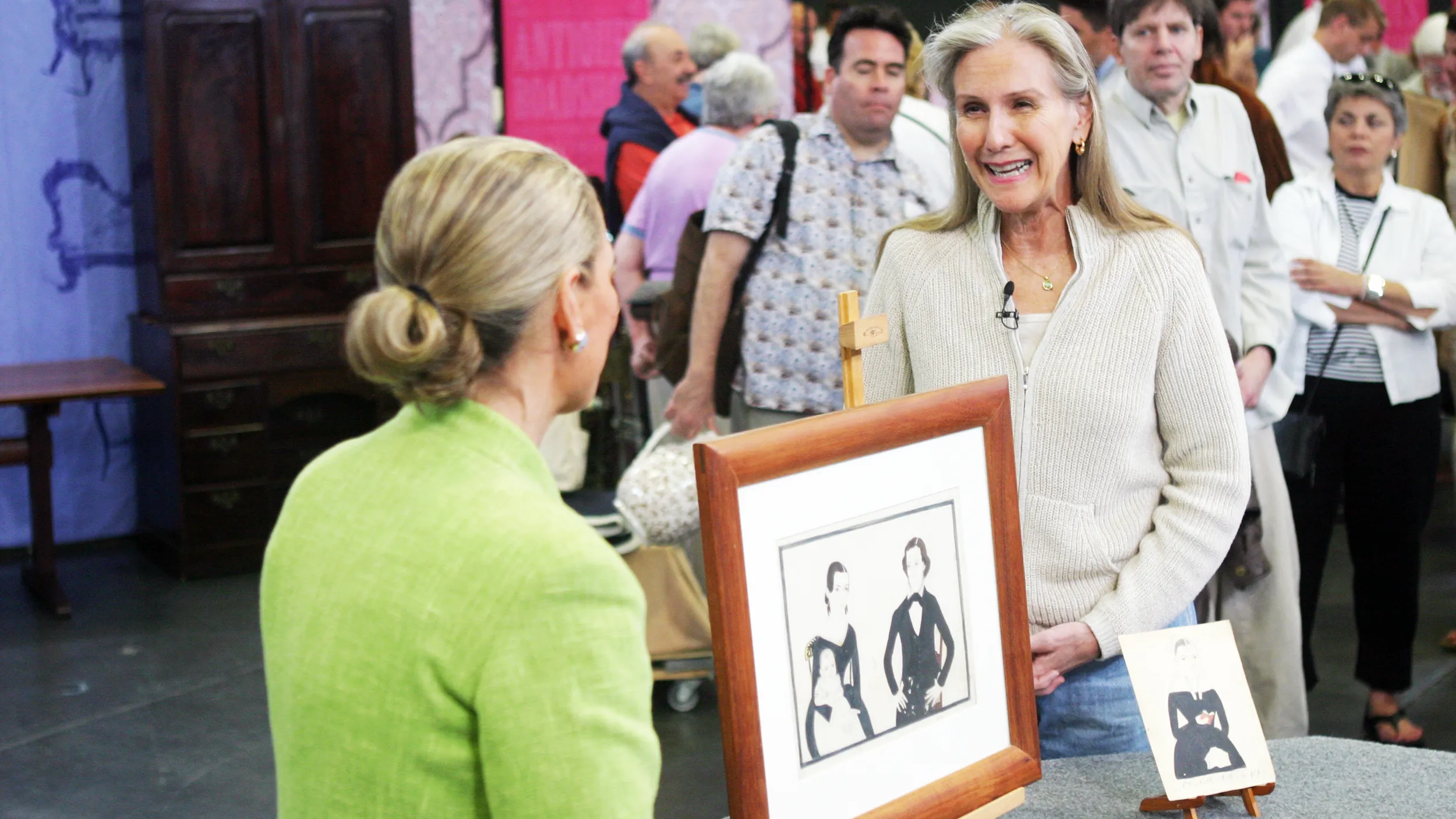GUEST: The brooch, the necklace, and the earrings were bought by my great-grandmother, who had come to San Francisco from Germany. She was a very independent person, and she bought this for herself. It's been in the family ever since.
APPRAISER: In 1848, they came to California to mine gold. Now, when they would mine gold, they would take it out of veins in mountains. But sometimes they would have a vein of quartz, and there would be not enough gold to mine out, but enough gold to make jewelry, and that's called quartz gold jewelry. That's what you have here. This is quartz gold jewelry. And actually, there's quite a bit of gold in here. And this is a brooch. There's a pin on the back and there's a pendant bail. And down here, they have dangles. And this set would have been expensive when she bought it. She would have bought it in a fine jewelry store. Its original value would have probably been around $200.
GUEST: That was a lot of money.
APPRAISER: That was a lot of money back then. I want to look also at the earrings, and the same style is in the earrings. And at this time, the women were wearing their hair up and back, and so they were exposing their ears. And you see the balls on the earrings do match the balls on the necklace. This is an American-made piece.
GUEST: Yes.
APPRAISER: It's unsigned, it's 14-karat gold.
GUEST: I see.
APPRAISER: Do you have any idea, besides sentimental value, what the value might be?
GUEST: Well, I took it to a jeweler, with a number of other things. And he put several things aside, and he says, "Whatever you do, never sell these without giving me a chance first," but he didn't say anything definite.
APPRAISER: Because of the connection to the Gold Rush, San Francisco provenance, your suite would sell for $5,000.
GUEST: I am surprised.











